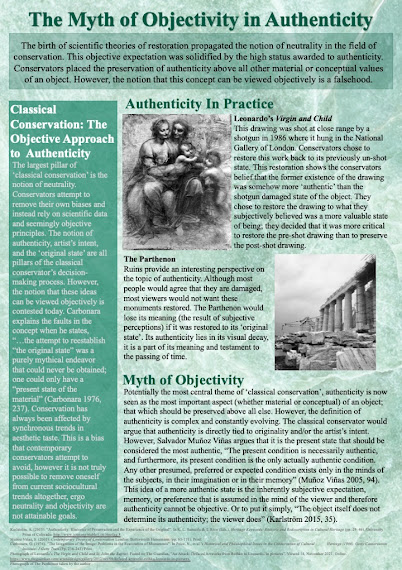The celadon lobed pot with lid (Figure 1) was assessed against historic, aesthetic, research, and social significance.
 |
Figure 1: Celadon Lobed Pot with Lid |
It was acquired in Nottingham, U.K. The previous owner was a private collector who purchased it from China and claimed it is a product of the late Qing. Although no marks can be found on it, historic archives indicated that a folk kiln in Sunkeng, Zhejiang Province might be its kiln during its dating period.
Its bean green colour was developed at Longquan kiln during the Northern Song (960-1127) and became a classic colour since then. It was designed and decorated in the shape of melon which conveys an auspicious implication in Chinese culture that the family grows and prospers like spreading melon-vines (Geng, 1993). Although claimed to be gourd-shaped, its form should be described as ‘lobed’. The crackled glaze (Figure 2) is deemed as a decorative effect rather than a technical failure, which shows a good example of how Chinese-styled aesthetics and imagination are applied on celadon’s production.
 |
Figure 2: Fine Crackles on the Vessel’s Lid |
Its manufacturing kiln can be further investigated with involvement of local ceramic experts; described by the vendor as a brush pot, its form and size that are different from other known examples of brush pots (Figure 3) suggest other hypotheses of its function; the glaze material on the underside (Figure 4) is unusual and increases its research potential and rarity.
 |
Figure 3: Comparison of the Object with Typical Brush Pots (Source: China Guardian Auctions Co. Ltd., 2019) |
 |
Figure 4: A Diffuse Glaze Material on the Underside and A Close-Up |
Chinese celadon is often associated with a variety of cultural practices or activities of the user such as calligraphy, painting, and flower arrangement, reflecting the user’s cultural identity or expressing the wish of self-cultivation, which is different from the traditional European perspective that takes ceramics as ‘decorative arts or crafts with visual satisfaction but without expressing any meaning or emotion’ (Shubert, 1993). Celadon and its manufacturing technology represent Chinese intangible cultural legacies.
References:
Geng, B. C. (1993). Appraisal of Ming and Qing porcelain. Beijing: Forbidden City Publishing.
Shubert, S. B. (1993). ‘The decorative arts: A problem in classification’, Art Documentation: Journal of the Art Libraries Society of North America, 12(2), pp.77-81.
Esther



















